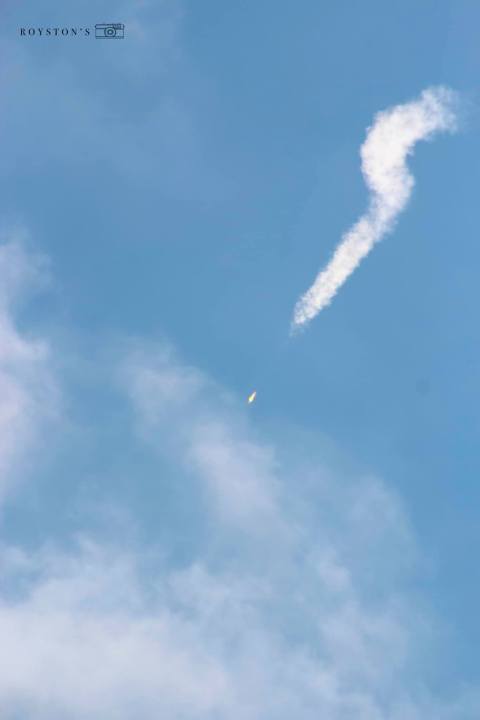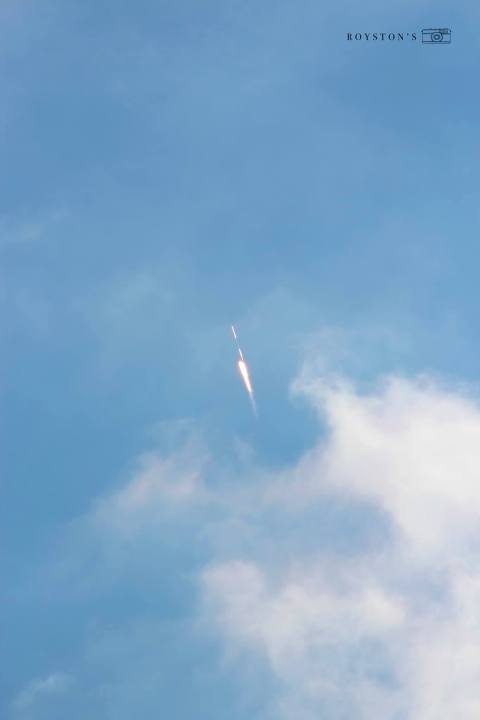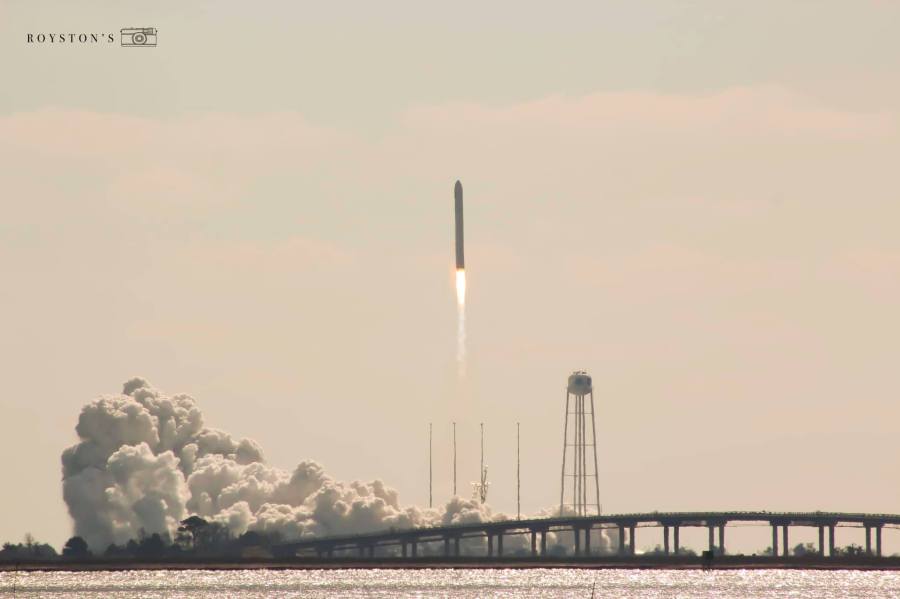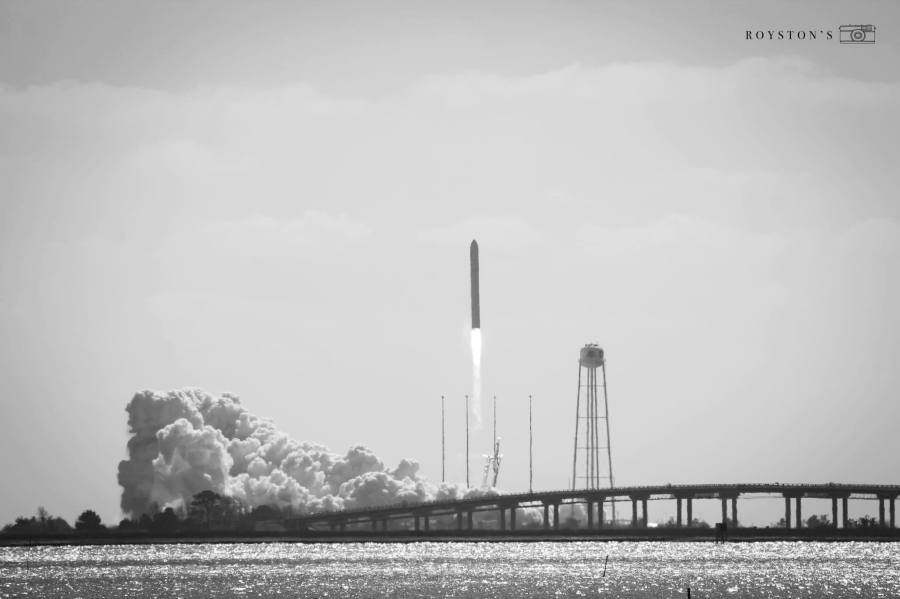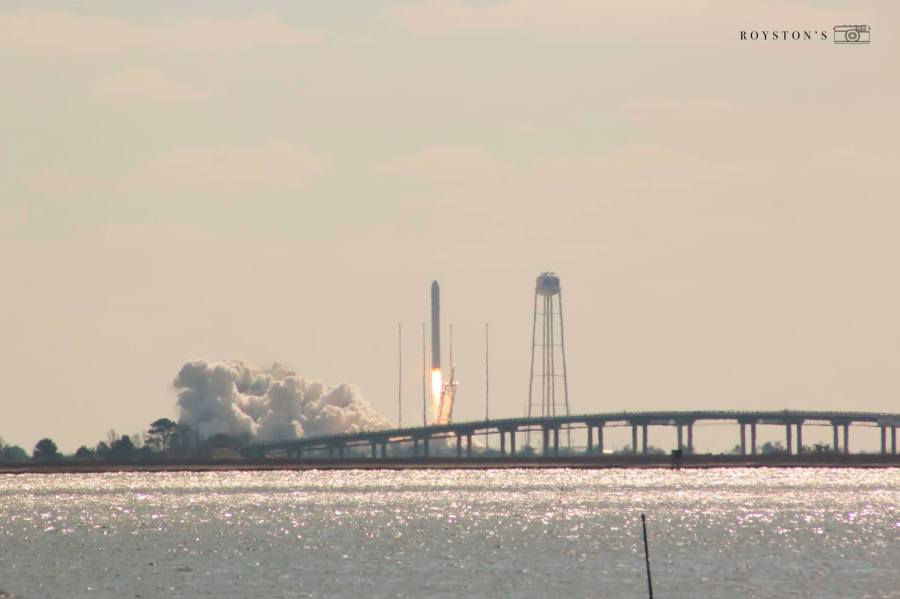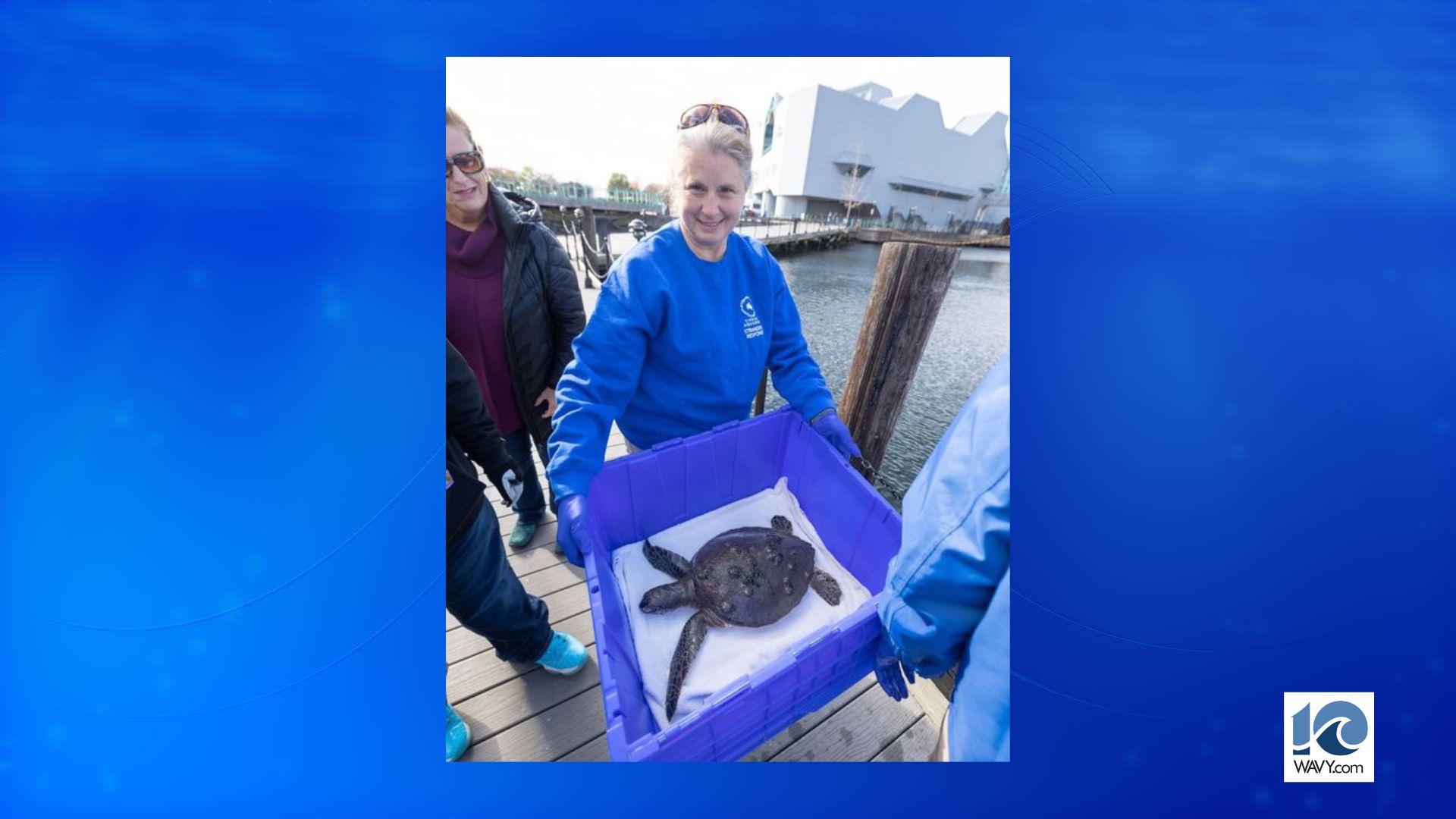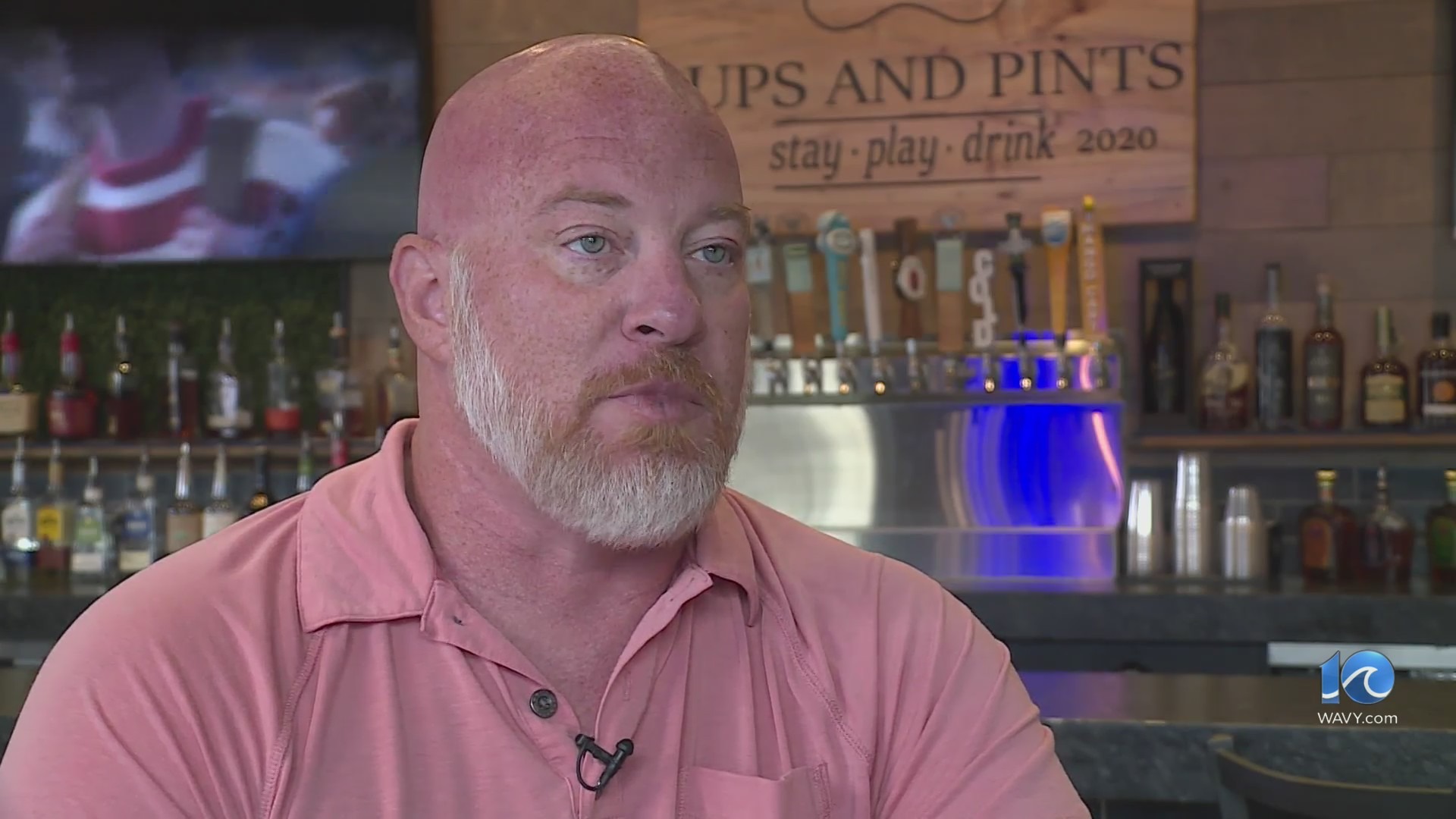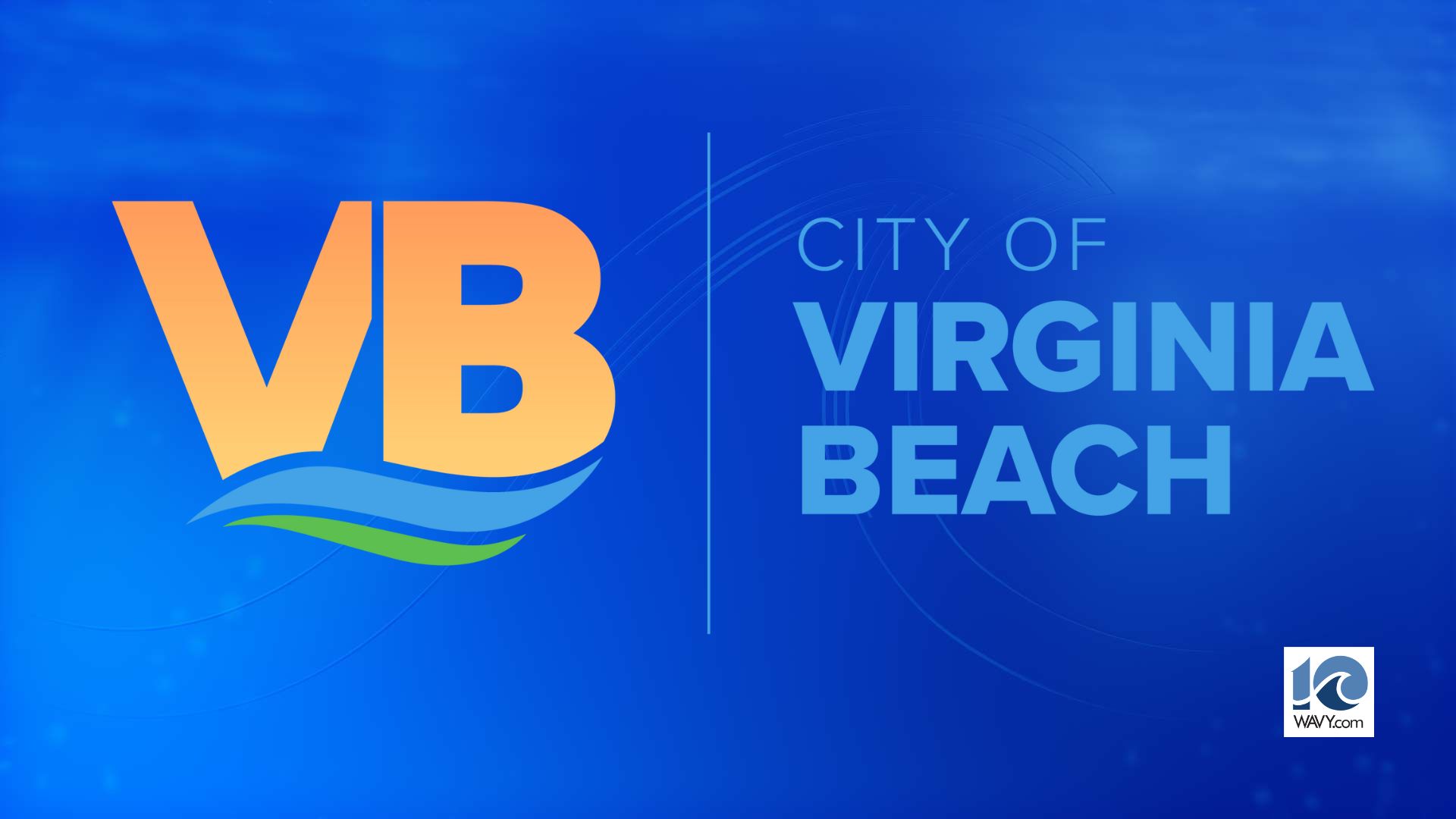RICHMOND, Va. (WAVY) — The 15th cargo resupply mission to the International Space Station successfully launched Saturday.
The launch occurred at 12:36 p.m. from the Mid-Atlantic Regional Spaceport Pad 0A located on Wallops Island. The mission, designated NG-15, is a partnership of the Virginia Commercial Space Flight Authority, NASA Wallops Flight Facility, and Northrop Grumman.
Northrop Grumman’s unmanned Cygnus spacecraft launched on the company’s Antares rocket, carrying approximately 8,200 pounds of cargo that included scientific investigations, crew supplies, and hardware.
The Cygnus spacecraft has been named in honor of longtime Virginia resident and pioneering Black NASA mathematician Katherine Johnson and in celebration of Black History Month. Northrop Grumman traditionally names each spacecraft after an individual who has played a pivotal role in the legacy of human spaceflight.
Johnson’s hand-written calculations were critical to the success of America’s early human spaceflight missions. She was among the group of Black women mathematicians at NASA who were celebrated in the 2016 film ‘Hidden Figures,’ based on the nonfiction book by Margot Lee Shetterly with the same title.
The February 20 launch date also marks the 59th anniversary of the launch of Friendship 7, a mission that made John Glenn the first American astronaut to orbit Earth. Glenn asked Johnson to verify the complex orbital trajectory calculations prior to his flight.
The S.S. Katherine Johnson will arrive at the International Space Station on Monday, February 22, and will remain attached to the space station for approximately three months. NG-15 is the thirteenth successful Antares launch from the Mid-Atlantic Regional Spaceport Pad 0A, which serves as the homeport of the Northrop Grumman Antares launch vehicle.
Once the S.S. Katherine Johnson is deployed to the International Space Station filled with the primary cargo payload, the ThinSats will be released into Extreme Low Earth Orbit (ELEO) from the second stage of the rocket. Students will be able to collect and analyze data relayed from their satellites for approximately five days before they deorbit and burn upon re-entry into Earth’s atmosphere. Today’s mission marks the second time Virginia Space has launched ThinSats on a Northrop Grumman Antares rocket—the inaugural launch was on April 17, 2019.
The Cygnus spacecraft is also carrying critical materials to directly support some of the more than 250 science and research investigations that will occur during future expeditions. The scientific investigations launching on Cygnus are part of commercial and academic payloads across a variety of disciplines, including:
- Micro-16, a study of muscle strength changes in worms that will help scientists better understand the cause of decreased muscle strength that astronauts experience in microgravity. The findings could support the development of countermeasures to help maintain crew member health and support new therapies to combat the effects of age-related muscle loss on Earth.
- The European Space AgencyDreamsexperiment will serve as a technology demonstration of the Dry-EEG Headband in microgravity, while also monitoring astronaut sleep quality during a long duration flight mission.
- Spaceborne Computer-2 will build off of the success of its first study to explore how commercial off-the-shelf computer systems—those without radiation shielding or other modifications—can advance space exploration by processing data significantly faster in space, speeding scientists’ time-to-insight from months to minutes.
- The Protein-Based Artificial Retina Manufacturingexperiment builds upon an earlier project and will examine how microgravity may optimize production of artificial retinas or retinal implants, which could benefit millions of people on Earth who suffer from retinal degenerative diseases.
- The International Space Station serves as a testing ground for technologies that NASA plans to use on future Artemis missions to the Moon. The Artemis HERA on Space Station (A-HoSS) is a radiation detection system developed for the Orion spacecraft and certified for use on NASA’s Artemis II mission. The investigation will evaluate this hardware in the space radiation environment prior to the Artemis II mission, the first mission on which astronauts will orbit the Moon in the spacecraft.
- Previous research has shown that microgravity produces larger, clearer protein crystals that can be used to help better understand diseases and identify treatments. Real-Time Protein Crystal Growth-2 will test new ways of growing protein crystals in space and allow scientists to make real-time adjustments to the growth conditions throughout the duration of the experiment.
- The Environmental Control and Life Support System (ECLSS) is a critical element of regenerative life support technology that provides clean air and water to the space station crew. The Exploration ECLSS: Brine Processor System investigation will upgrade to the space station’s life support system to help provide more clean air and water.
This will be the fourth mission under Northrop Grumman’s Commercial Resupply Services-2 (CRS-2) contract with NASA, for which the company will fly a minimum of eight missions to the International Space Station through 2024. This is the fourth official mission to use this late loading capability, which has made the facility eligible for missions that include life science investigations in the payload.
